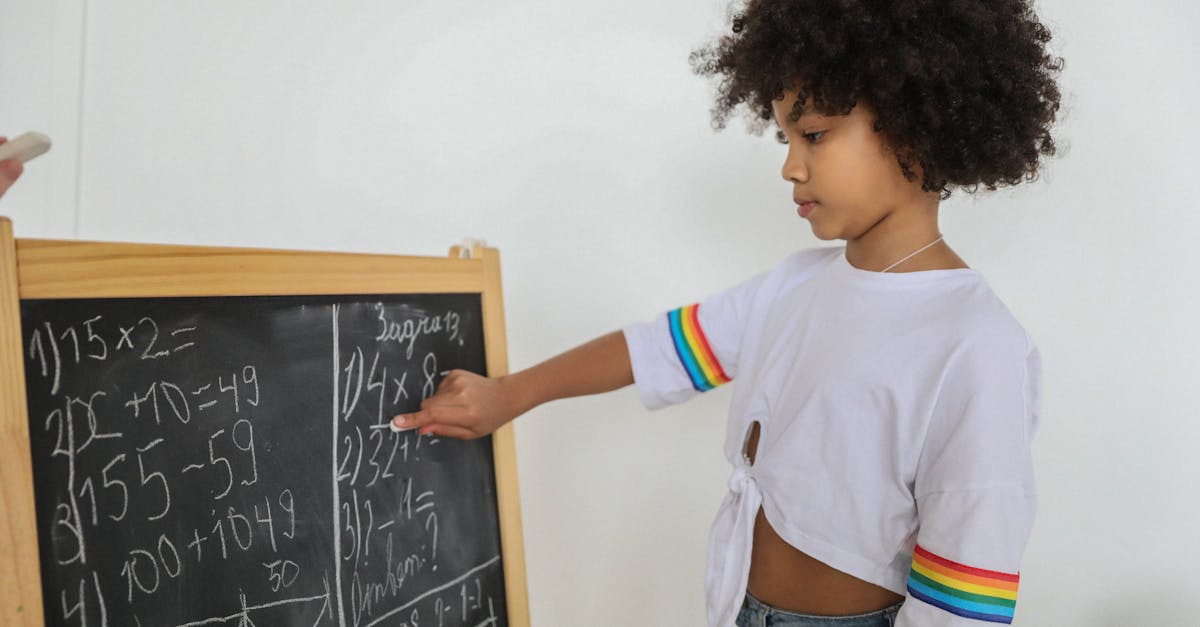Welcome to the Future of Math
Ever wondered how math learning has evolved? From abacuses to AI, we’ve come a long way. Let’s dive into this comparison with a sprinkle of humor and some real talk.

.com
Traditional Math Learning: Tried and True
Traditional math learning is like that old, cozy sweater: familiar and reliable. Picture your child sitting at a desk, pencil in hand, crunching numbers the old-fashioned way. This method emphasizes memorization, manual calculation, and one-on-one teacher interaction.

AI-Assisted Math Learning: The New Kid on the Block
Enter AI-assisted learning: the flashy, new gadget promising to revolutionize math education. Imagine your child interacting with a smart program that adapts to their learning pace, offering instant feedback and infinite patience.

Balancing Acts: Combining the Best of Both Worlds
Why choose when you can blend? Combining traditional techniques with AI tools can offer a tailored learning experience. It’s like having a personal tutor that also knows when to bring out the flashcards.
Emotional Journey: Parent and Child
Navigating this transition can be an emotional rollercoaster for both parents and kids. It’s okay to feel overwhelmed. Remember, every math problem you’ve hated was once beyond your skill level too.

Practical Tips for Parents
Parenting can sometimes feel like navigating through a maze, especially when it comes to helping your children with math. Here are some practical tips that can make the journey smoother:
- Start Small: Begin by tackling small math problems or concepts. Building a strong foundation is key to mastering more complex math skills.
- Choose User-Friendly AI Tools: Embrace technology to assist your child in learning math. There are many user-friendly AI tools available that can make math engaging and fun.
- Always Have a Math-Backup Plan: Even with advanced tools, having a backup plan for math learning is essential. Sometimes a traditional approach or extra practice can be beneficial.
Think of these tips as assembling a math toolkit where each tool has its significance. Just like in a toolbox, both a hammer and a power drill serve their unique purposes in improving math skills.

Encouraging Engagement and Interaction
Finally, foster a culture of curiosity and learning. Whether it’s solving equations the traditional way or engaging with AI, the goal is to build confidence and make math fun. If your child gets excited about math, you’re winning.

Key Takeaways:
- Foster a culture of curiosity and learning.
- Build confidence through engaging with math.
- Make math fun for children.
